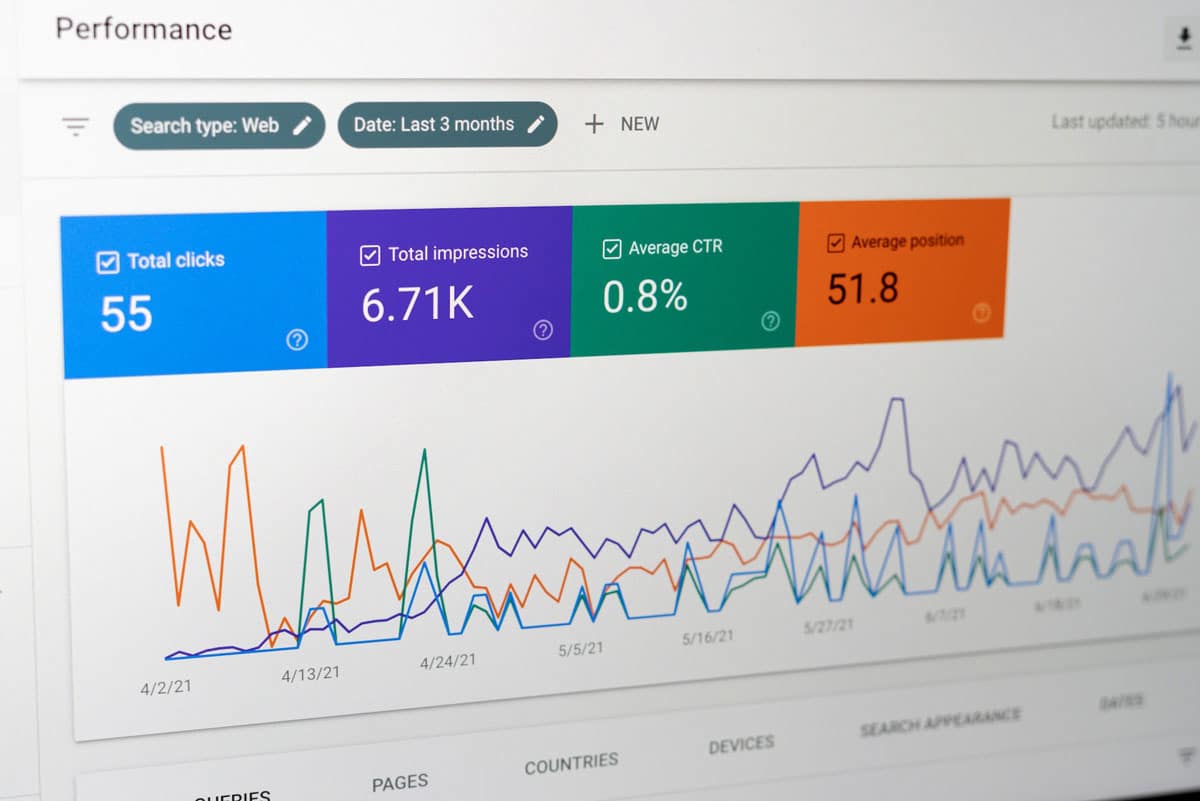

The search marketing landscape has shifted, with Google and Bing competing for market share following ChatGPT’s release by Microsoft-backed OpenAI. The chatbot’s immediate acclaim caused Bing search to experience a 40% overall user growth rate, compromising Google’s place as the leading search engine. In response, Google launched Bard, a conversational, generative AI chatbot that fell short of Microsoft, furthering the possibility of Bing dominating Google.
The search engine’s recent success allows brands to diversify their ad spend to reach various audiences. So how does Bing advertising differ from Google, and how can you optimize the search engine to expand your marketing efforts?
When evaluating advertising platforms, it’s crucial to note that Bing’s value outperforms Google’s in multiple areas, including ROAS. As Bing search gains recognition and popularity, keyword bidding has increased on the platform. Consequently, Bing advertising is more cost-effective, with a 70% CCP (cost-per-click) discount compared to Google’s 35% discounted rates. Additionally, although Google is the prime search engine on mobile devices, most desktop users run Windows applications where Bing is preinstalled, so brands with products that must be purchased on a desktop should pursue Microsoft advertising.
Marketing varies considerably between each search engine, with key considerations for SEO optimization. Bing and Google have exclusive methods for analyzing users and available websites in categories, including search drivers, performance, frequent keywords, experiences, and rankings. The primary distinction in assessments between these search engines is their emphasis on indexing and social signals. Google prioritizes search engine indexing to accumulate and store large amounts of data, producing accurate information to remain informed of comprehensive online activity. Conversely, Bing places significance on social signals by evaluating websites’ likes, shares, and visibility to rank meaningful content in various categories. Brands must focus on social performance to advertise on Bing effectively.
Generating social engagement through content creation is key for optimizing SEO on Bing. Some brands produce content for specific categories in select online communities, initiating adequate involvement within those groups and classifications. But Microsoft adjusts rankings based on social performance, favoring profiles with multiple tags, links, and shares, so it’s essential to create and launch content related to your brand or products. This may involve optimizing product detail pages (PDP) for specific search terms and generating content highlighting those PDPs. You can also develop influencer campaigns to grow your social presence.
However, brands sometimes struggle to grow their following organically, so you can assess campaigns and relationships to select ideal influencers based on value offerings.
Bing can be used alongside Google ads to diversify your reach and revenue and experiment with Microsoft campaigns. Microsoft’s auto import function allows you to transfer data from Google ad campaigns to a Bing advertising account. Once you’ve launched campaigns on Bing, you should disable recurring imports to operate ads separately on each search engine, allowing you to gain distinct and precise insights and metrics.
President of Coalition Technologies, Jordan Brannon, lists best practices for launching and managing Bing campaigns following a transfer, “Make sure that your conversion counts match up to what you’re seeing in your store…Make sure that your landing page URLs made their way over correctly. Make sure you have the right landing page for the right ad group…Make sure you’re running the right targeting.”
Although Bing is not likely to surpass Google in the near future, Microsoft advertising can be a profitable long-term investment when considering its growth trajectory and influence on various users and businesses.